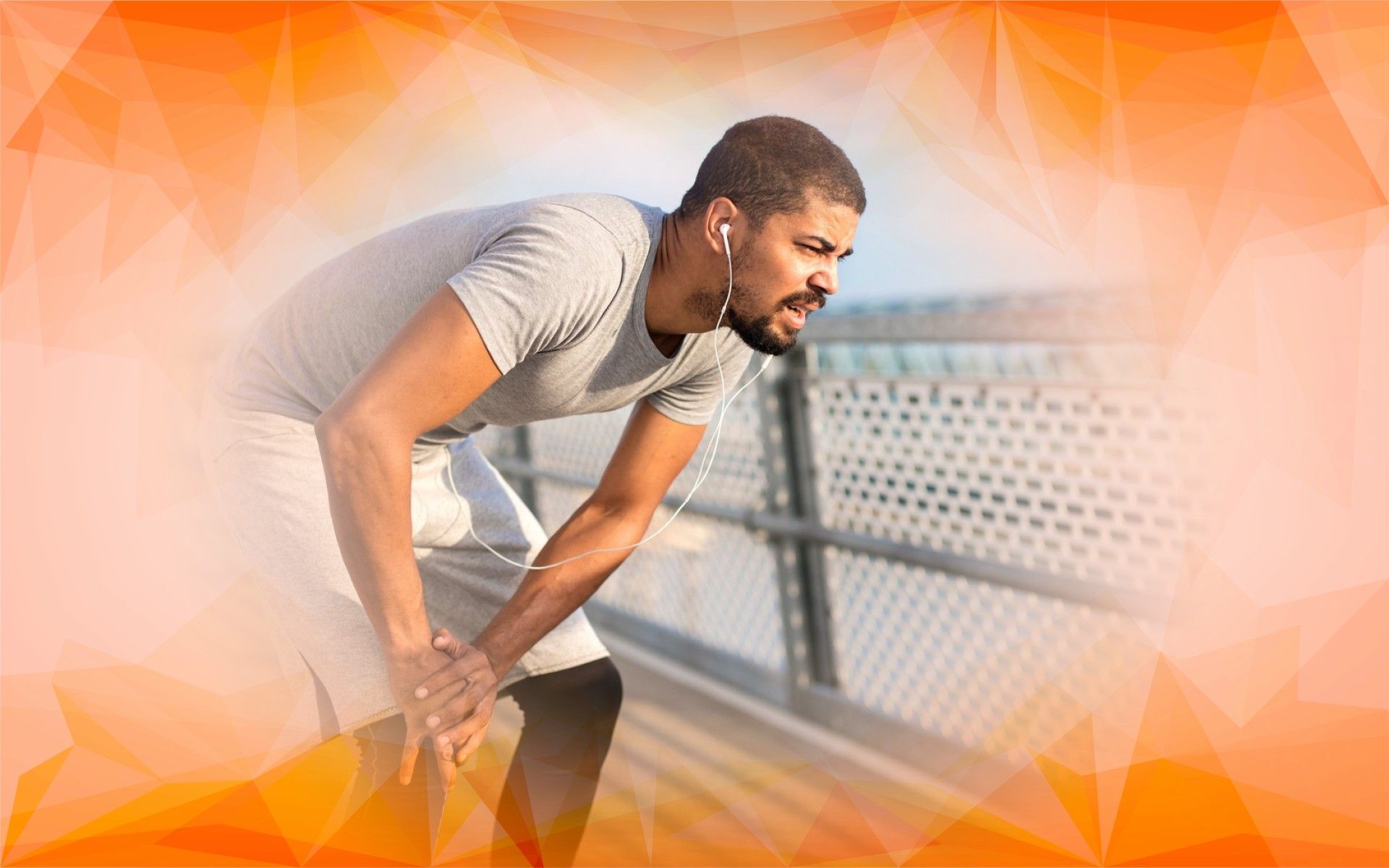Understanding Knee Osteoarthritis and Its Challenges
Knee osteoarthritis is a common, long-term condition that occurs when the cartilage cushioning the knee joint gradually wears away. This leads to pain, stiffness, and difficulty moving—problems that can make everyday life much harder. While treatments like medication and physiotherapy help many people, they don’t always provide enough relief. This is where hinged knee braces are making a difference. These braces offer mechanical support, easing pain and improving mobility. In this article, we’ll explore how custom-fit braces are transforming osteoarthritis management and significantly improving comfort and quality of life.
Why Customisation Makes a Real Difference
Most ready-made knee braces use a one-size-fits-all approach, but every knee is unique. The shape of your knee , the severity of your osteoarthritis , and how active you are—all of these factors affect the kind of support you need. Research shows that custom-made hinged knee braces can provide more precise support by better aligning your joint and spreading pressure more evenly. This helps slow down the wear and tear on cartilage and keeps the joint stable.
When a brace truly fits—matching the shape of your leg and the way you move—it’s more comfortable and more likely to be worn regularly. Wearing your brace consistently is key to getting the most pain relief . Customisation recognises these individual differences, delivering a solution that fits you, not just anyone. For people with knee osteoarthritis , that personal touch can make all the difference in their day-to-day lives.
The Technology Behind Modern Hinged Knee Braces
Thanks to advances in design and materials, hinged knee braces have become smarter and more comfortable. One standout feature is adjustable tension, letting you control how much support you get as your pain or activity levels change. The articulated hinges are engineered to move naturally with your knee , reducing strain on your joint and the muscles around it.
Modern braces are also made from lightweight, breathable fabrics, making them easier to wear all day without feeling bulky or hot. Clinical studies have shown that braces with adjustable hinges help people move better and feel less pain compared to older, rigid designs. These innovations, combined with custom fitting, mean you get support that feels natural and works with your body, not against it.
How Customised Braces Improve Everyday Life
Personalised hinged knee braces make a clear difference in daily living. Many people find they can walk and move more freely, with less pain and swelling, when using a brace tailored to their specific needs. Some even find their knees feel more stable and need fewer painkillers.
Scientific research backs up these personal success stories, showing that custom braces help stabilise the knee and support better movement. This doesn’t just improve quality of life—it also helps reduce the strain on healthcare systems. Plus, the ability to adjust the brace gives people more control and confidence in managing their own care.
Looking Ahead: The Future of Personalised Knee Care
Customised hinged knee braces are redefining how we manage knee osteoarthritis. By blending cutting-edge research with thoughtful design, these braces provide targeted support that relieves pain, improves movement, and helps people stay active.
As technology continues to advance, even more refined and personalised options will become available. Embracing these innovations is key to better healthcare outcomes and brighter days for people with knee osteoarthritis . With customisation, knee care becomes as unique as each individual—offering hope for a more active, comfortable future.
References
Lee, H., Ha, D., Kang, Y.-S., & Park, H.-S. (2016). Biomechanical analysis of the effects of bilateral hinged knee bracing. Frontiers in Bioengineering and Biotechnology, 4. https://doi.org/10.3389/fbioe.2016.00050
Regalbuto, M. C., Rovick, J. S., & Walker, P. S. (1989). The forces in a knee brace as a function of hinge design and placement. The American Journal of Sports Medicine, 17(4), 535–543. https://doi.org/10.1177/036354658901700415
Dezhkam, B. (2017). Investigating performance of plastic hinge in steel frames by knee bracing. International Electronic Journal of Mathematics Education, 12(3), 431–445. https://doi.org/10.29333/iejme/623




